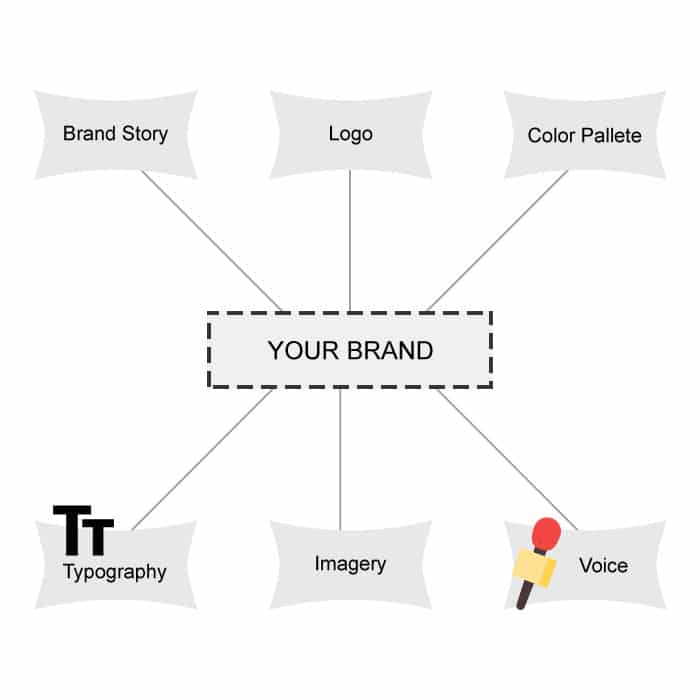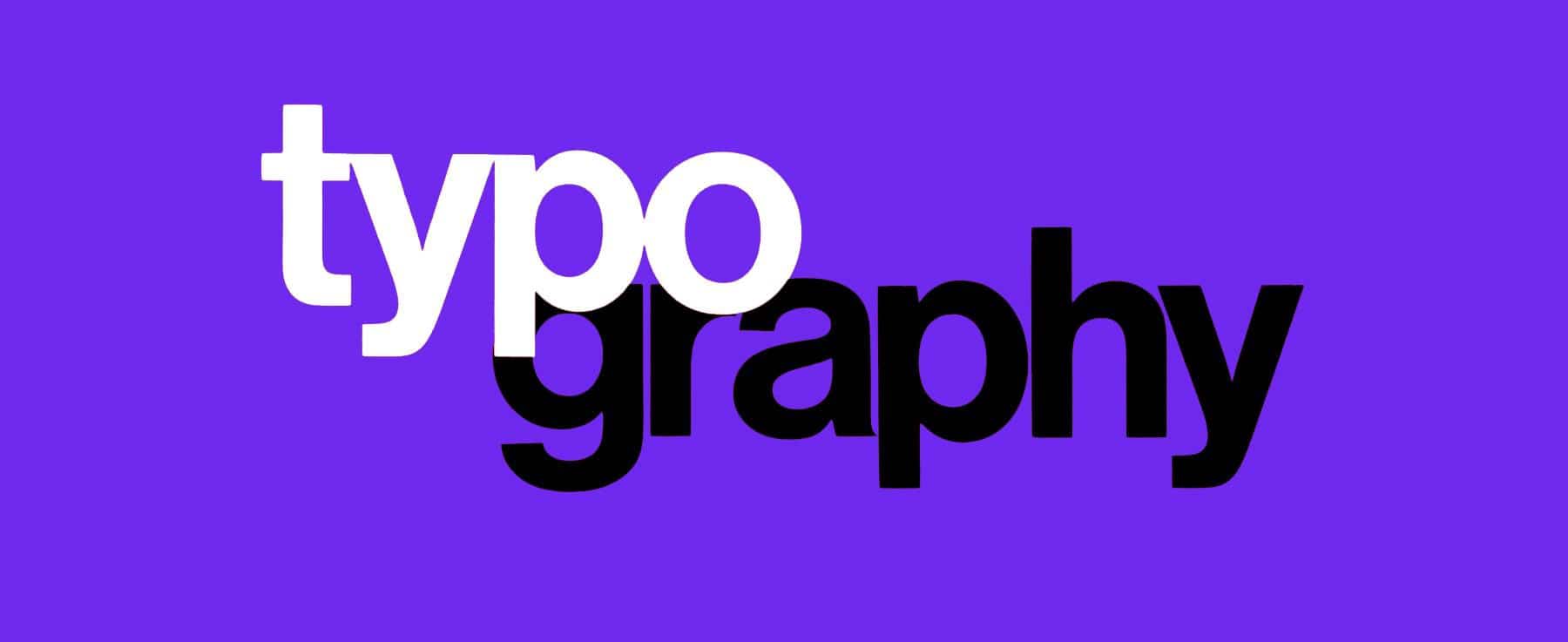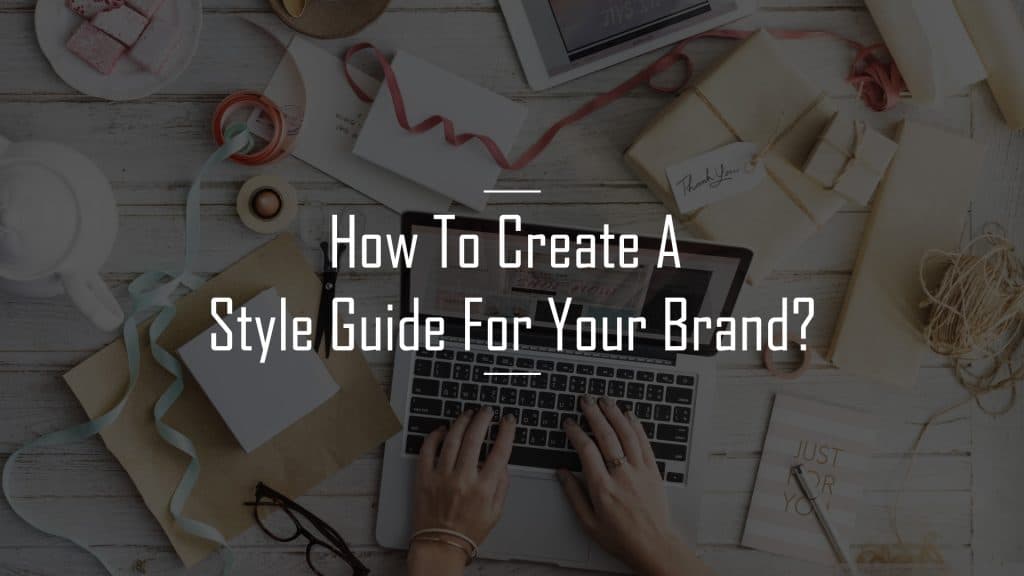A brand personality is more than a logo. It’s more than a brand style control. It’s a basic method to separate yourself from your opposition. A brand personality impacts your clients’ involvement with each touchpoint.
It subliminally influences how they see everything from your industry, from your pertinence to your reliability. A brand still manages takes the complete self of your image—your main goal, vision, and values—and makes an interpretation of it into the plan.
It is the whole of how your image looks, feels, and addresses them—the components that the assistance they choose on the off chance that they need to connect with you.
Jump to Section
Style Guides Are Very Important
Style guides don’t simply mysteriously show up. They require some serious effort and time to make. Time is a valuable thing, as you probably are aware.
Be that as it may, what amount of time does it take to disclose to a planner what amount of room you require your logo consistently? What’s more, how shouldn’t change any of the colors? Shouldn’t something be said about finding each text style you utilize and relaying that to them also? Also any iconography you have flowing. At that point when you enlist a moment fashioner since your business is blasting, you’ll need to clarify everything over once more.
Help yourself out. Make a style control now and spare yourself a considerable measure of time and disappointment in the long run. How about we begin with a few fundamentals:
Building a Brand Identity
A few brands have the instantly recognizable personality linked to craftsmanship (think Apple, Coca-Cola, or McDonald’s), while others have made it their entrance into the field (think Warby-Parker, Snapchat, or Casper). It doesn’t make a difference in your association, your image character ought to be upfront.
Be that as it may, building a brand personality is not simple. You require a strong establishment, adaptability, a character grounded in your foundations, yet looking toward your future.
It appears like a dull procedure—and it often can be! It actually requires profound thought and prescience, yet the outcomes are well justified, despite all the trouble. We’ve experienced the procedure commonly with our innovative accomplices and our own particular marking, so we are very much aware of what can turn out badly—and how to ensure it goes right.
To demystify the procedure for you, we’re sharing our inventive way to deal with building a brand personality, particularly the visual components of a brand character. On the off chance that you’ve never experienced the procedure or figure your image personality could utilize a bit of refreshing, observe.
Why Should Every Brand Have a Style Guide?
A style guide may have all the earmarks of being pointless for a little association, or when there’s just a single designer. All things considered, each brand out there ought to have a style and stamping manual for guaranteeing that each visual part they make is solid.
How about we take the one planner thought first. So you’re the solitary designer on an undertaking for your organization. You outline their logo, site, business cards, and every other piece of advertising material they require. You know the greater part of the components by heart.
It would be boundlessly less demanding in the event that you could basically hand over a style control that contains all that they have to know: hues, logo sizes, arrangements, text style uses, and so forth.
Style guides can likewise help guarantee that work you’ve improved the situation a brand isn’t demolished by some new, less-talented designer who doesn’t see how your design should work. The last thing you need is for your perfectly-constructed logo to be utilized far too little or set excessively near different components, effectively killing its impact (or worse, having elements created with negative space be ruined entirely).
However, will a style be sufficient for each brand you work with? Probably yes. You’ll make your activity simpler and your work more predictable (which brings about a more expert picture for all included). Developing a fundamental style manage when you’re at first dealing with a task isn’t tedious, yet can save hours of work and endless frustration down the road.
6 essential elements in every brand style guide
Each style manage will be somewhat extraordinary, as it depends on how complex a brand is, and what number of various types of showcasing materials they may have. There are a couple of essential components that are probably going to show up in practically every style control, however.
- Brand Story
- Logo
- Color Pallete
- Typography
- Imagery
- Voice

1) Brand Story
Introduce your brand to the world. A straightforward rundown will give individuals knowledge into the complete self of your organization, which will enable them to see how to speak to your image.
The five key brand parts are—Mission, Vision, Audience, Personality, and Values — and you should be able to incorporate all of them. Or on the other hand, you may decide to just share some of that openly.
Mission & Vision
Compose a statement of purpose concerning why your organization exists and a dream explanation about where you need your image to go. These can be big (you will change the world) or small (you understand a little, irritating issue), as long as they’re consistent with your image.
Audience
Describe who your clients are and why they need you (i.e. how your products or services take care of their issues). In the event that you’ve done statistical surveying, incorporate any experiences that could enable your group to become all the more successful in the eyes of clients.
Personality
Make a rundown of 3-5 descriptive words that describe your image. This will set the tone for both outline and composition. Is it true that you are complex or quirky? Classic or trendy? Approach your group for info and point of view.
Values
Decide the managing standards for organization choices and activities. Critical esteems will make it simple for your group to remain on-mark.
2) Logo
You may know what color your logo should be. However, do you know how it will look in changed conditions? This segment of your image still guarantees your logo is utilized as a part of the way you expect it to be. It additionally prevents mistakes—like extending, changing, gathering, or re-adjusting the log, which could send the wrong message.
Incorporate every single affirmed adaptation of your logo, depicting when to utilize everyone, and show visual cases to make it extremely clear.

Logo Size
Make sure your logo has a particular size and proper proportions.
Logo Space
In the event that the logo requires a specific measure of the void area around it, give clear guidelines.
Logo Colors
Show varieties (reversed, in color, black and white) and when to utilize them.
Don’ts
It can be similarly vital to indicate how you don’t want your logo to be utilized.
3) Color palette
Talking about hues, characterizing a brand palette will go far towards making a predictable look and feel. Most brands pick four or fewer primary hues and don’t stray a long way from the tenets of their logo.
It’s a smart thought to pick one light shading for backgrounds, a darker shading for content, a neutral hue, considering it is one that “pops”. Heineken takes after this dependable guideline to a tee.
In your style manage, indicate swatches of your brand colors. Make a point to incorporate the data expected to duplicate those shading precisely, wherever your image message goes.

Color match
PANTONE name and number
Print color
CMYK
Digital color
RGB and HEX codes
4) Typography
Another huge piece of identity design is font selection. Your brand image needs will direct whether one typeface family will meet all your needs or if you want to define multiple brand fonts.
A decent, dependable guideline is to utilize an unexpected text style in comparison to the one in your logo since the differentiation will enable it to emerge. A prepared designer can control you through this procedure.
Regardless of how basic or complex your typography scheme is, ensure it’s utilized as a part of all the correct courses by clarifying the decision and giving clear directions for utilizing it.

Introduce
Recount the account of the typefaces are you utilizing, how it identifies with your brand, and what each of them is utilized for (features, body content, subtitles, and so on).
Alignment
Influence it to clear in the event that you need a duplicate to dependably adjust right, left, or focused.
Spacing
Incorporate following and kerning proportions to keep up a steady style when text dimension changes.
5) Imagery
At the point when it’s your organization, you have a characteristic intuition for which photographs and illustrations are appropriate for your image. The symbolism area with your style guide will control every other person the correct way without adding more endorsement to improve the situation.
You can approach this in a couple of various ways. You may even utilize a portion of the motivation that directs you assembled toward prep for your style control!
Best practices
Showcases of creatives that have performed well for your brand image. Ensure you address the principle ways that your organization imparts, regardless of whether it’s a print list or an Instagram account.
Aspirational
On the off chance that you don’t have every one of the illustrations you need for your brand, find what feels ideal for greater brands. This will, in any case, give your group a feeling of the style to adjust to, in addition to it never damages to point higher!
Mood board
Gather pictures that pass on the inclination that you need individuals to get when they collaborate with your image.
6) Voice
Composing style doesn’t generally bounce to mind when considering brand identity, yet mark voice strongly affects how your audience feels about you.
Much the same as with imagery, you can approach this in a couple of various ways.

Best practices
On the off chance that you have to relay something to trigger admirably for you, show those examples here.
Build on personality
Do you remember the list of 3-5 adjectives that tend to describe your brand personality? One can use that to describe the type of language that is mentioned on-brand.
Do’s and Don’ts
Keeping it simple is ideal. Pick words you like and words you don’t plainly show what your image voice is.
Keep Your Brand Identity Strong
A solid visual language should dependably mirror your image. Whether you’re absolutely updating your image personality or you’re simply beginning, take a stab at consistency and search for approaches to applying great design at each level of your association.
Conclusion
Presently you know why a decent style manages is essential, what it should look like, and what to incorporate. It’s an ideal opportunity to make one for your organization.
Incorporate the promoting group, deals group, and some other creative chipping away at your showcasing and items while making a style manage. Upon fulfillment, share and store it as a living record in a place that is anything but difficult to discover.
- What Is Big Data Visualization? - January 22, 2021
- Five Benefits of Big Data Analytics for E-commerce - July 9, 2020
- Google Data Studio Vs. Tableau: Which One is More Suitable for Your Business? - June 25, 2020


